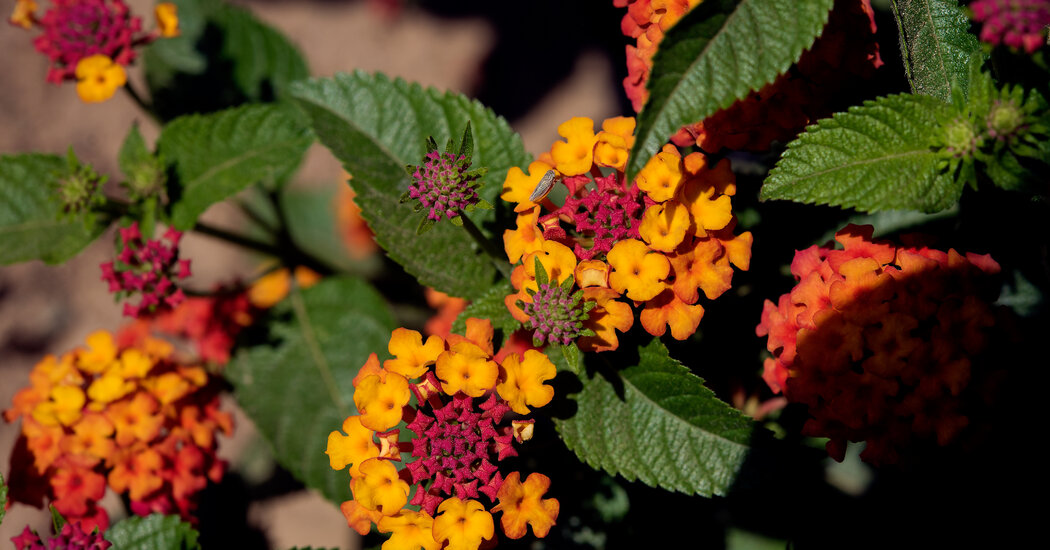- cross-posted to:
- nyt_gift_articles
- climate@slrpnk.net
- cross-posted to:
- nyt_gift_articles
- climate@slrpnk.net
Thumbnail is Lantana Horrida
Zone map here, just punch in your zip code:
https://planthardiness.ars.usda.gov/
Mine came back as “9a” so here’s what that means:
https://www.lovetoknow.com/home/garden/gardening-zone-9
"The temperature of each zone is determined by the average minimum temperature during winter months. The hardiness zones are separated by 10°F. This means that Zone 9 is 10°F colder than Zone 10 and Zone 8 is 10°F colder than Zone 9.
Each zone has two subsets. The Zone 9 subsets are Zone 9a and Zone 9b. Each is separated by 5°F. That means the temperature ranges for Zone 9 are:
Zone 9: The minimum average temperature range is 20°F to 30°F.
Zone 9a: The minimum average temperature range is 20°F to 25° F.
Zone 9b: The minimum average temperature range is 25°F to 30°F."
The second thing you need is a plant book which describes hardiness of each species by what zones it can live in. That lets you plan a garden.
This is the best summary I could come up with:
Now, the U.S. Department of Agriculture has made official what Mr. Reeves and countless other gardeners and horticulturists have known for some time: Americans are adapting to warming weather, right in their backyards.
Some zone changes reflected how data was collected, he said, which included the use of more weather stations and increasingly sophisticated mapping methods, right down to the ZIP code.
Among other uses, the plant hardiness map has applications in commercial agriculture and is used by the department’s Risk Management Agency to set some crop insurance standards.
But gardeners are its most frequent users, and for good reason: They need to know which zone they’re in because winter temperatures will play a major role in determining which perennials will survive to spring, which ones should be taken inside and which ones should not be planted in the first place.
Jason D. Lanier, an extension specialist at the University of Massachusetts Amherst, said the shift in the map, while minor compared with the one a decade ago, reflects longer and larger changes.
If gardeners want to push their limits on new zones a little bit, he added, they should do so in the spring and early summer, and give the plants a chance to take root before winter.
The original article contains 792 words, the summary contains 209 words. Saved 74%. I’m a bot and I’m open source!



